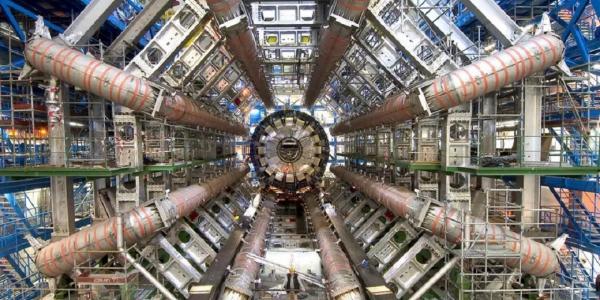Quantum Science Seminar with Honyung Lee on Precision synthesis of quantum and energy materials for emergent phenomena
Transition metal oxides are known to possess the full spectrum of fascinating properties, including magnetism, superconductivity, ferroelectricity, ionic conductivity, and more. This breadth of remarkable properties is the consequence of strong coupling among charge, spin, orbital, and lattice degrees of freedom. Spurred by recent advances in the epitaxial synthesis of artificial materials at the atomic scale, the physics of oxide heterostructures containing atomically well-defined layers of such correlated electron materials with abrupt interfaces is a rapidly growing area. We have established a growth technique to control complex oxides at the level of unit cell thickness by pulsed laser deposition. The atomic-scale growth control enables to assemble materials from atoms to functional systems in a programmable manner, yielding many intriguing physical properties that cannot be found in bulk counterparts. In this talk, examples of functional interfaces and artificial heterostructures composed of various transition metal oxides will be presented, highlighting the importance of precision synthesis for heterostructuring, interfacing, and straining. The main topics include (1) programmable interfaces for two-dimensional electron gas, chiral transport, and topological magnetism, (2) symmetry breaking for novel correlated topological quantum materials, and (3) extreme electronic and ionic conductors for plasmonic, excitonic, and neuromorphic applications.
Dr. Honyung Lee is Corporate Fellow at Oak Ridge National Laboratory, working in the areas of quantum materials synthesis and advanced spectroscopy, and thin-films growth. He served as the Director of the Materials Science and Engineering (MSE) program at ORNL ($30M/yr portfolio) from 2017 to 2024, overseeing ~150 staff scientists and postdocs working in diverse areas including quantum materials, soft matter, structural materials, additive manufacturing and electron microscopy. Dr. Lee is a 2007 PECASE awardee, and Fellow of MRS, APS and AAAS.
This lecture was made possible by the William C. Ferguson fund.

